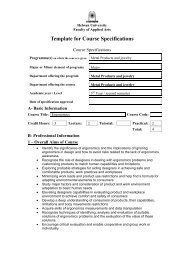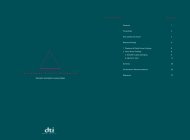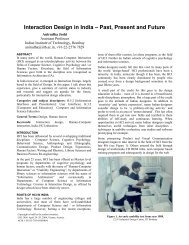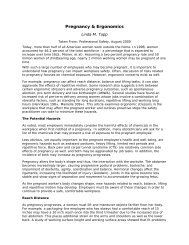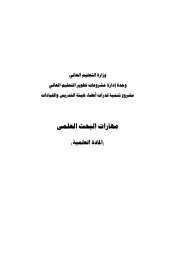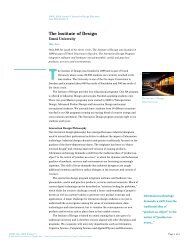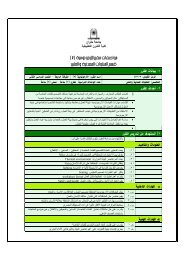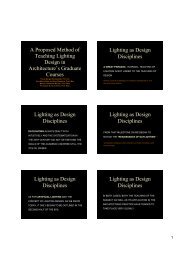Space Requirements for Wheeled Mobility - University at Buffalo ...
Space Requirements for Wheeled Mobility - University at Buffalo ...
Space Requirements for Wheeled Mobility - University at Buffalo ...
- No tags were found...
Create successful ePaper yourself
Turn your PDF publications into a flip-book with our unique Google optimized e-Paper software.
Human Modeling of <strong>Wheeled</strong> <strong>Mobility</strong> Aid UseWheelchair simul<strong>at</strong>ion in virtual reality, Michael Grant, Ph.D.AbstractThis paper and present<strong>at</strong>ion summarized the results of a project <strong>at</strong> the <strong>University</strong>of Str<strong>at</strong>hclyde involving the development of a wheelchair motion pl<strong>at</strong><strong>for</strong>m which, inconjunction with a virtual reality (VR) facility, can be used to address issues ofaccessibility in the built environment. The development of the approach is acollabor<strong>at</strong>ive ef<strong>for</strong>t between architects, bioengineers and user groups and hasinvestig<strong>at</strong>ed topics rel<strong>at</strong>ed to pl<strong>at</strong><strong>for</strong>m design and construction, interfacing, testingand user evalu<strong>at</strong>ion. Current research is directed towards developing thisprototype, extending existing simul<strong>at</strong>ion capabilities and exploring its utility in adesign environment. The outcome of the project has been the development of ahaptic interface th<strong>at</strong> allows manual and powered wheelchair users to navig<strong>at</strong>ewithin VR simul<strong>at</strong>ions of buildings through the use of their own wheelchair andprovides the user with feedback rel<strong>at</strong>ed to the sense of ef<strong>for</strong>t required to propelthe wheelchair. User testing has demonstr<strong>at</strong>ed th<strong>at</strong> the system provides a realisticdepiction of wheelchair use in different environments.Key Points• The use of a wheelchair motion pl<strong>at</strong><strong>for</strong>m used in conjunction with virtual realitycan be a useful design and educ<strong>at</strong>ion tool th<strong>at</strong> allows manual and poweredwheelchair users to navig<strong>at</strong>e safely within VR simul<strong>at</strong>ions of prototypebuildings using their own wheelchairs. Collisions with virtual objects combinevisual and non-visual stimul<strong>at</strong>ion in a manner th<strong>at</strong> is analogous to real world.• Future research should be directed <strong>at</strong> extending the capabilities of such asystem by increasing the ability of the wheeled mobility device user to interactwith the virtual world.Virtual reality and full scale modeling – a large mixed realitysystem <strong>for</strong> particip<strong>at</strong>ory design, Roy Davies, Elisabeth Delhom,Birgitta Mitchell, Paule T<strong>at</strong>eAbstractThis paper and present<strong>at</strong>ion summarized a general approach to simul<strong>at</strong>ion knownas “The Envision Workshop.” This approach integr<strong>at</strong>es tools th<strong>at</strong> encourageparticip<strong>at</strong>ory technical support in the design process. It utilizes full scale modelingof the environment and an optical tracking system th<strong>at</strong> feeds in<strong>for</strong>m<strong>at</strong>ion onposition and movement of people and objects into a virtual reality model <strong>for</strong> realtimeanalysis of virtual designs. While the methods appear to provide unique andpotentially valuable design in<strong>for</strong>m<strong>at</strong>ion, challenges rel<strong>at</strong>ed to the limit<strong>at</strong>ions of thetracking system, how to track environmental fe<strong>at</strong>ures and integr<strong>at</strong>ing the tools<strong>Space</strong> <strong>Requirements</strong> <strong>for</strong> <strong>Wheeled</strong> <strong>Mobility</strong> 30



